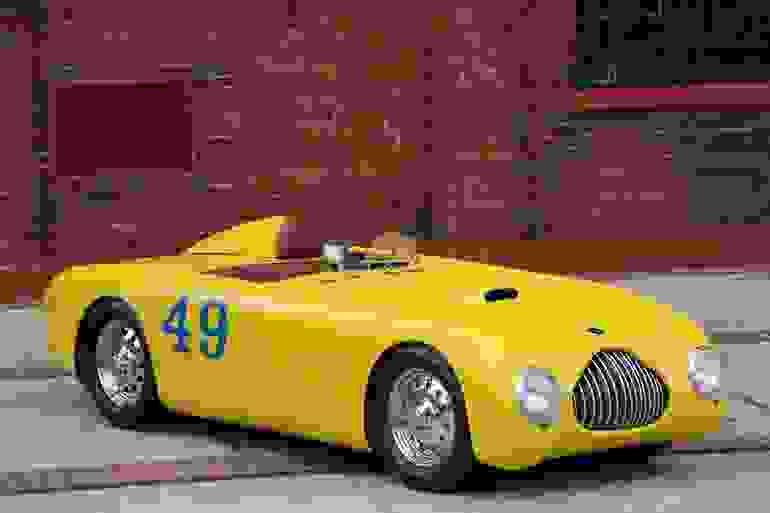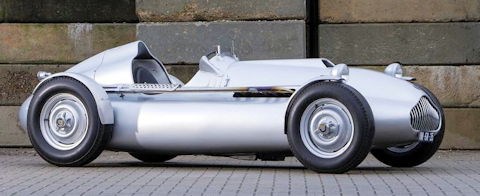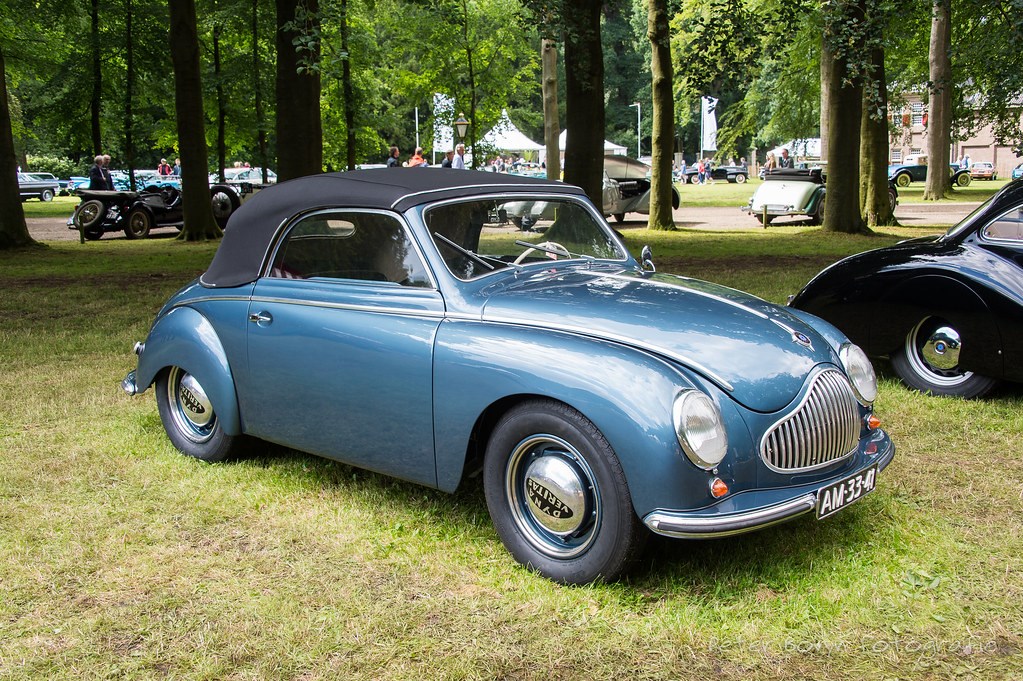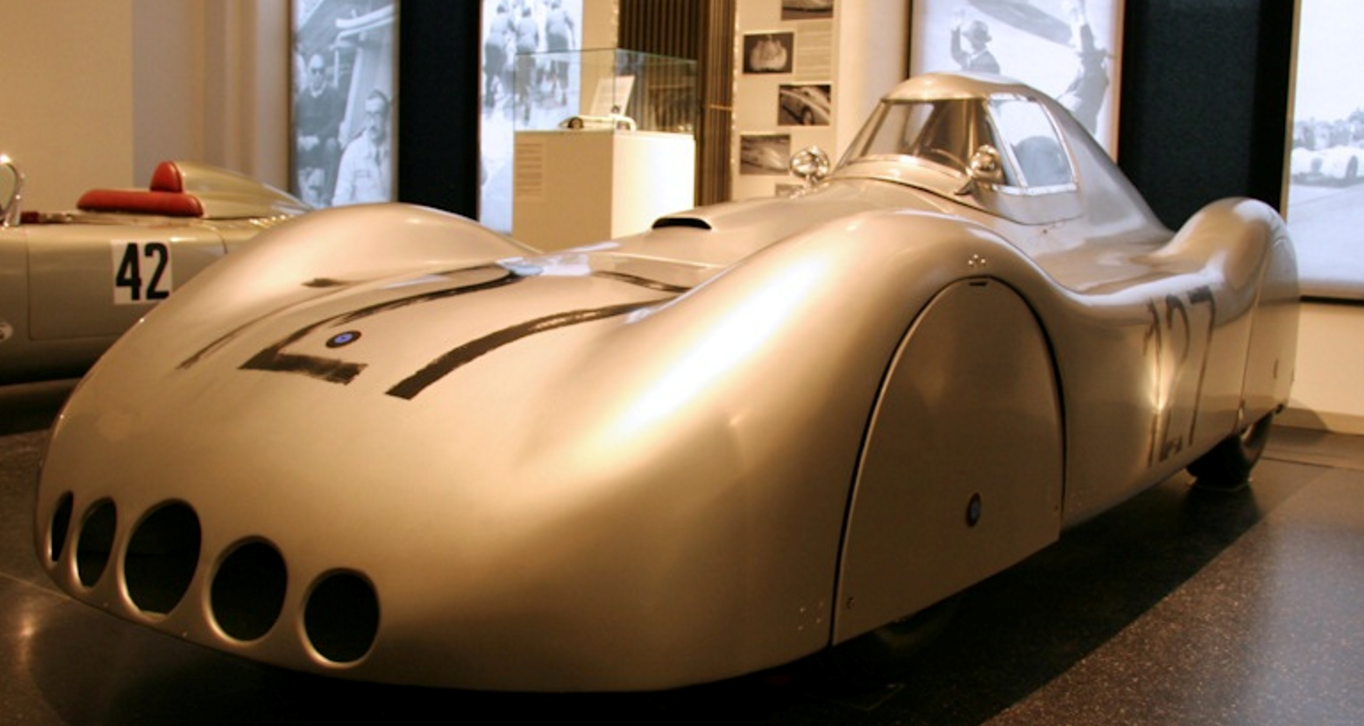
Adored today by the most discerning petrolheads, the Veritas brand had a short and eventful history in a Germany severely weakened by war.
In the aftermath of World War II, Germany struggled to get back on its feet. Although motor racing had literally been thrown off the track, a number of seasoned enthusiasts were eager to race again. In 1947, a few former BMW employees, including Ernest Loof (who had worked in the motorcycle racing department before the war), Lorenz Dietrich (former motorcycle racer and BMW president) and Georg Meier (former Mercedes and Auto-Union racer), decided to join forces and found a company. Under the name Veritas, the company began its activities by converting old BMW 328s into racing cars.
The manufacturer's beginnings had a bumpy ride because financial resources were lacking and BMW soon refused to have its name associated with Veritas' activities. Karl Kling, the firm's first customer, won the German championship title that year, proving that the work of the three partners had not been in vain.
The company was based near Siegmaringen, in an area occupied by the French, and produced three cars named RS (for Rennsport, "de course" in French), specifically streamlined and lightweight BMW 328s. In the first race they participated in in 1948, they finished in the top three, ahead of cars of an older make.

Veritas became interested in the 2-litre single-seater championship taking place in Europe. At the time, Germany was still banned from motorsports. However, two race cars were built and sold to a French team, which raced them under the name Meteor. In Germany, Veritas won everything in its path.
After problems supplying BMW engines, the company struck a deal with Heinkel, which supplied a 6-cylinder block. As the company's reputation grew, Veritas received more and more requests to build a road model. So, the brand launched the Komet, a homologated version of the RS. To inject some extra finances into the company, an agreement was signed with Panhard for local production of its Dyna sedan!
However, it seems that this contract was underestimated by Veritas' management, as the work was cumbersome and the workers were quickly overwhelmed. Nevertheless, the road models were increasingly successful, and the small manufacturer gradually abandoned racing to concentrate on its orders. As a result, the quality of the racing cars declined and customers showed dissatisfaction. Veritas soon gained a bad reputation and could not avoid bankruptcy in 1950.

After this setback, de Loof and Dietrich parted ways: the former bought a site at the Nürburgring and produced Veritas with Ford or Opel engines, while the latter concentrated on assembling Panhard Dyna cars. Things did not improve, however, and Veritas lost a lot of money with the RS2, a car produced in 2 copies, driven by two factory drivers who went from one disappointment to another.
Veritas-Nürburgring was bought by BMW, while Loof, back in the company, died in 1956 from a long illness. The latter had no better luck with the assembly of the Dyna, which never got off the ground. Only 180 cars were made in Germany from kits shipped from France. Victim of competition from local manufacturers such as DKW or Volkswagen, the Panhard was a flop.

Even though Veritas had only a very short history full of pitfalls, the few owners of the cars manufactured by the company raced them extensively in a variety of events.
A majority of these cars seemed to have built multiple bodies in the past, which they placed on their chassis depending on the nature of the races. This allowed Veritas race cars to compete for many years, even long after the company went out of business.












